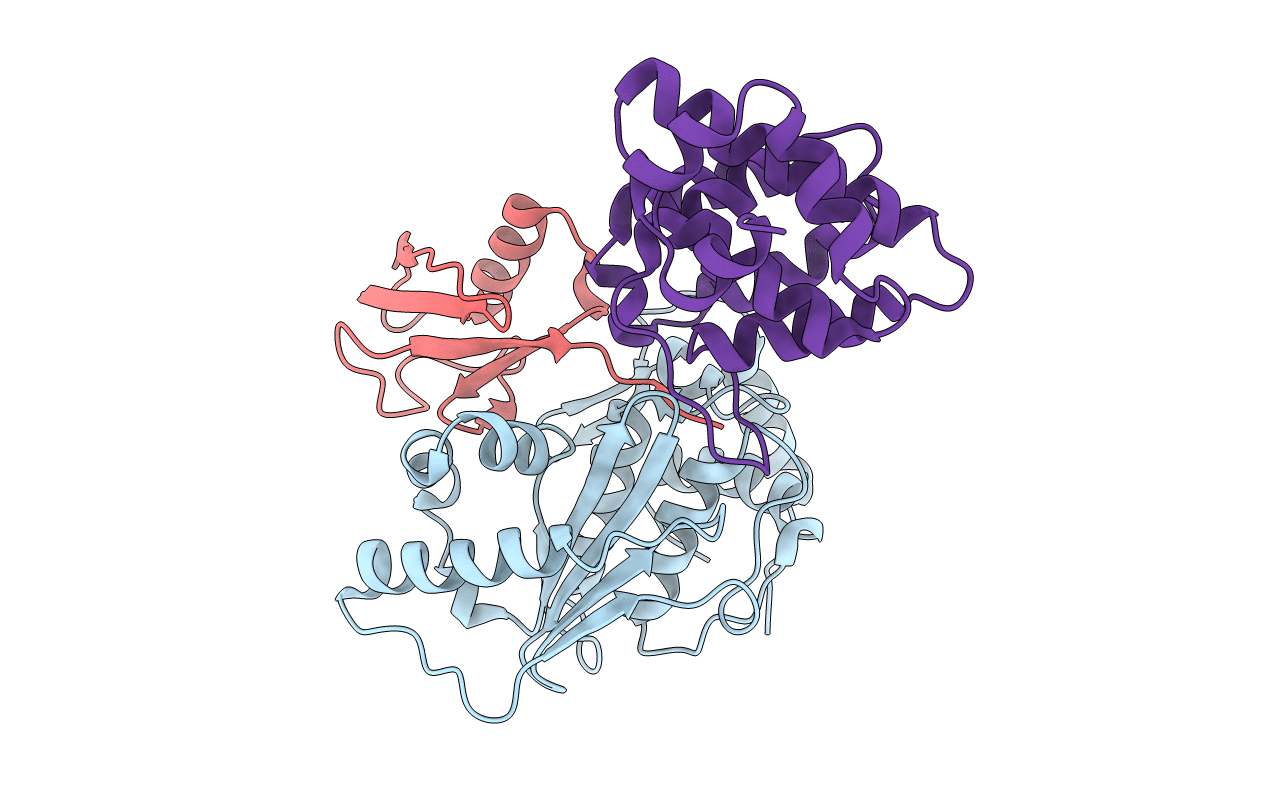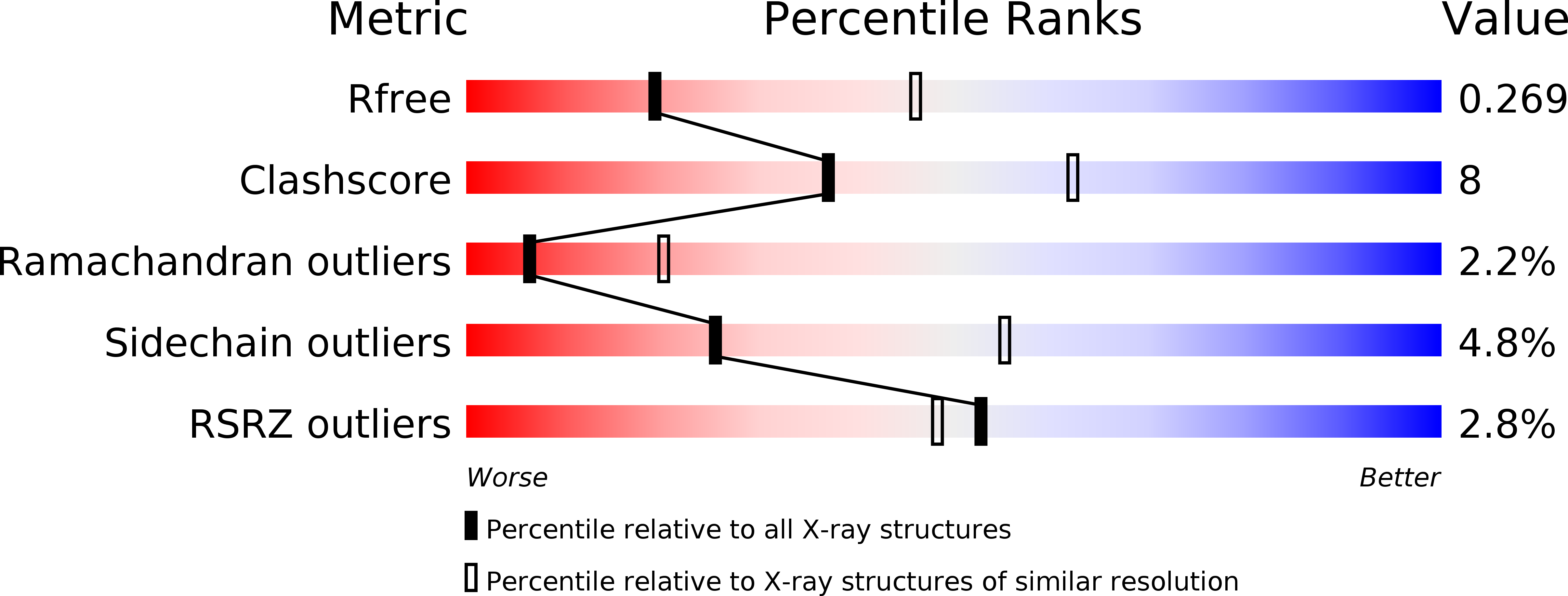
Deposition Date
2006-07-11
Release Date
2006-08-07
Last Version Date
2024-05-08
Method Details:
Experimental Method:
Resolution:
2.77 Å
R-Value Free:
0.27
R-Value Work:
0.22
R-Value Observed:
0.23
Space Group:
P 43 21 2


